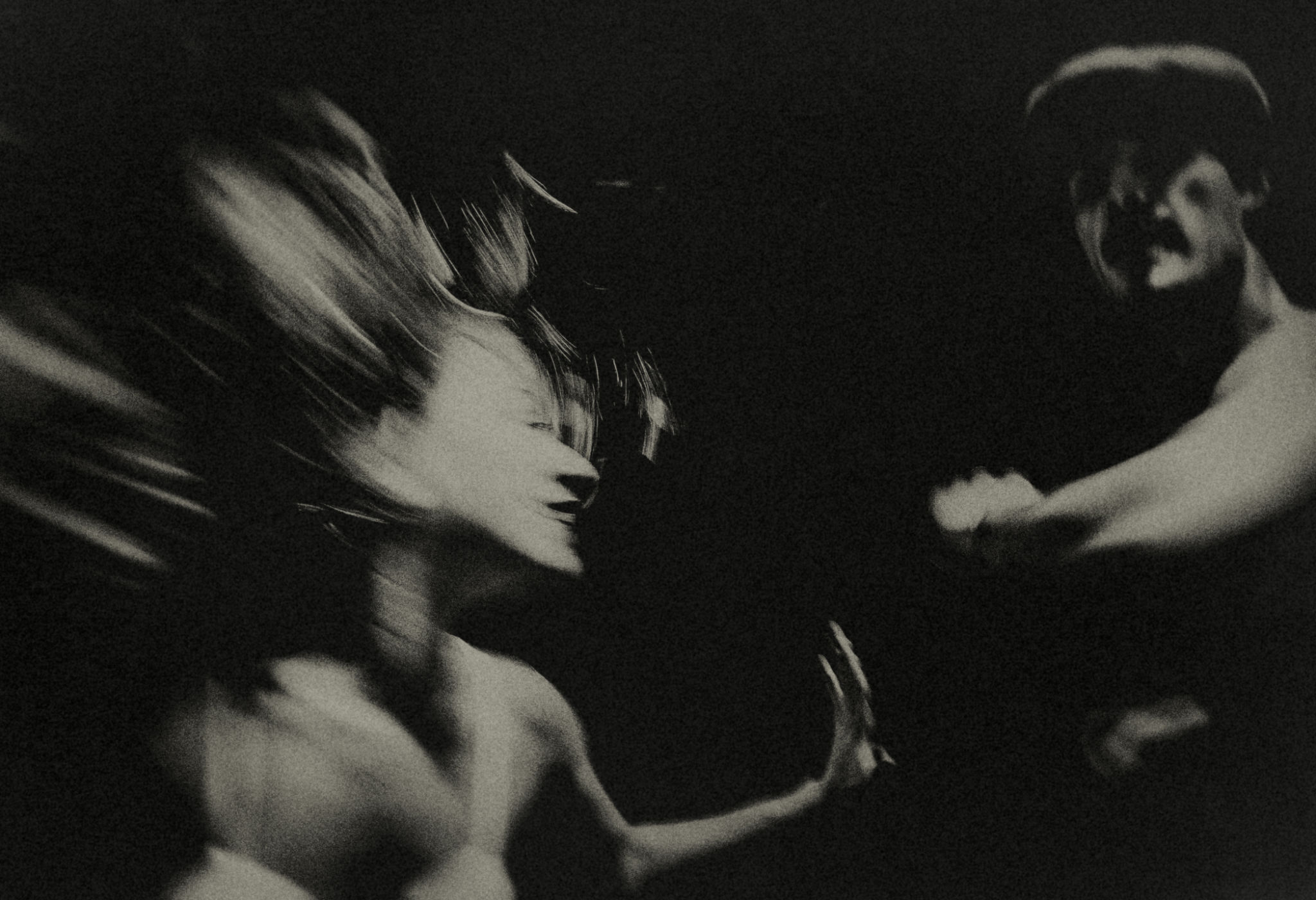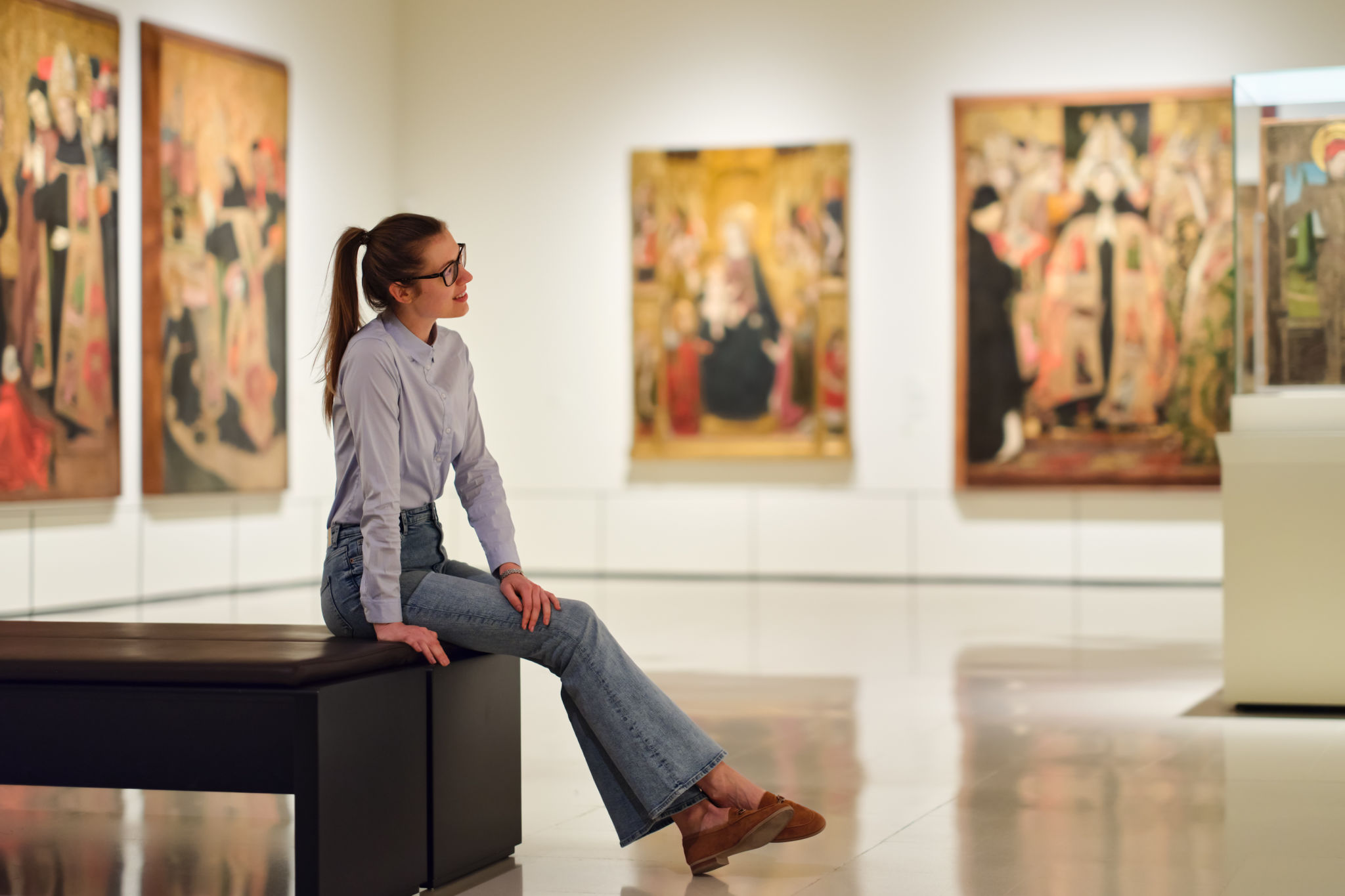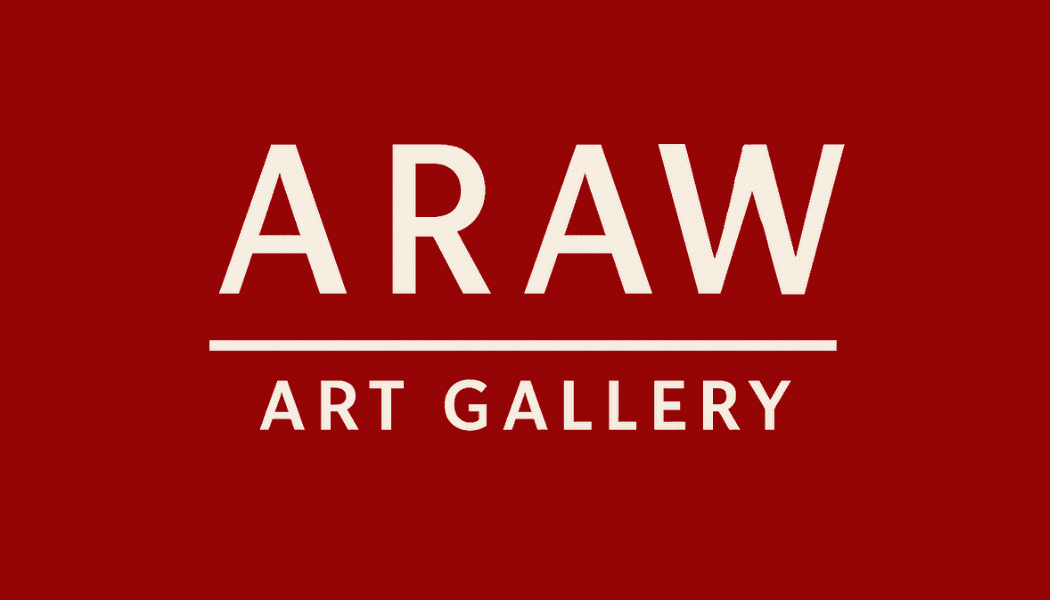Art and Emotion: How Art Impacts Our Mood and Well-being
The Connection Between Art and Emotion
Art has the power to evoke a wide range of emotions, from joy and excitement to sorrow and nostalgia. This profound connection between art and emotion is not just a matter of subjective experience; it has been studied and documented by researchers across various fields. When we encounter art, whether it's a painting, sculpture, or photograph, our brains react in ways that can significantly impact our mood and overall well-being.
One of the reasons art can affect our emotions so deeply is its ability to communicate on a non-verbal level. Unlike language, which relies on words and syntax, art taps into our senses and instincts, allowing us to feel and interpret its meaning in a personal way. This unique form of communication can lead to an emotional resonance that words alone often can't achieve.

The Psychological Impact of Art
Art therapy is a testament to the power of art in promoting emotional healing and mental health. Engaging with art, whether through creation or observation, can reduce stress, improve mood, and foster a sense of relaxation. This therapeutic effect is partly due to the meditative nature of artistic activities, which can help individuals focus their attention away from negative thoughts and emotions.
Moreover, art can serve as an outlet for expressing emotions that might be difficult to articulate otherwise. For those who struggle with verbal communication, art provides an alternative means to explore and convey complex feelings. This expression can lead to greater self-awareness and emotional release, promoting healing and well-being.

How Different Forms of Art Affect Mood
The impact of art on our emotions can vary depending on the form it takes. For instance, music is often noted for its powerful emotional influence. A soothing melody can calm the mind, while an upbeat rhythm can energize and uplift. Similarly, visual arts like painting and photography can evoke specific moods based on color schemes, composition, and subject matter.
Theater and dance also play a significant role in influencing emotions. Live performances can create a shared emotional experience among audiences, fostering a sense of connection and empathy. The dynamic movement in dance can convey intense emotions, often leaving viewers feeling inspired or moved.

Art in Everyday Life
Incorporating art into daily life can enhance our emotional well-being. Whether it's displaying a favorite piece of artwork at home or engaging in creative hobbies like drawing or crafting, these activities can provide a sense of accomplishment and joy. Art can also serve as a means of self-care, offering moments of tranquility in an often chaotic world.
Attending art galleries or community events can also enrich our lives by offering opportunities for social interaction and cultural appreciation. These experiences not only broaden our perspectives but also strengthen our emotional resilience by connecting us with others who share similar interests.

Conclusion: Embracing Art for Well-being
The relationship between art and emotion underscores the importance of integrating artistic experiences into our lives. Whether we are creating or appreciating art, these activities have the potential to enhance our mood, reduce stress, and improve our mental health. By embracing art as a tool for emotional expression and healing, we can foster a deeper understanding of ourselves and the world around us.
As we continue to explore the intricate ties between art and emotion, we open ourselves to a richer, more fulfilling experience of life. The next time you encounter a piece of art that speaks to you, take a moment to reflect on how it makes you feel and consider how these emotions contribute to your overall well-being.
